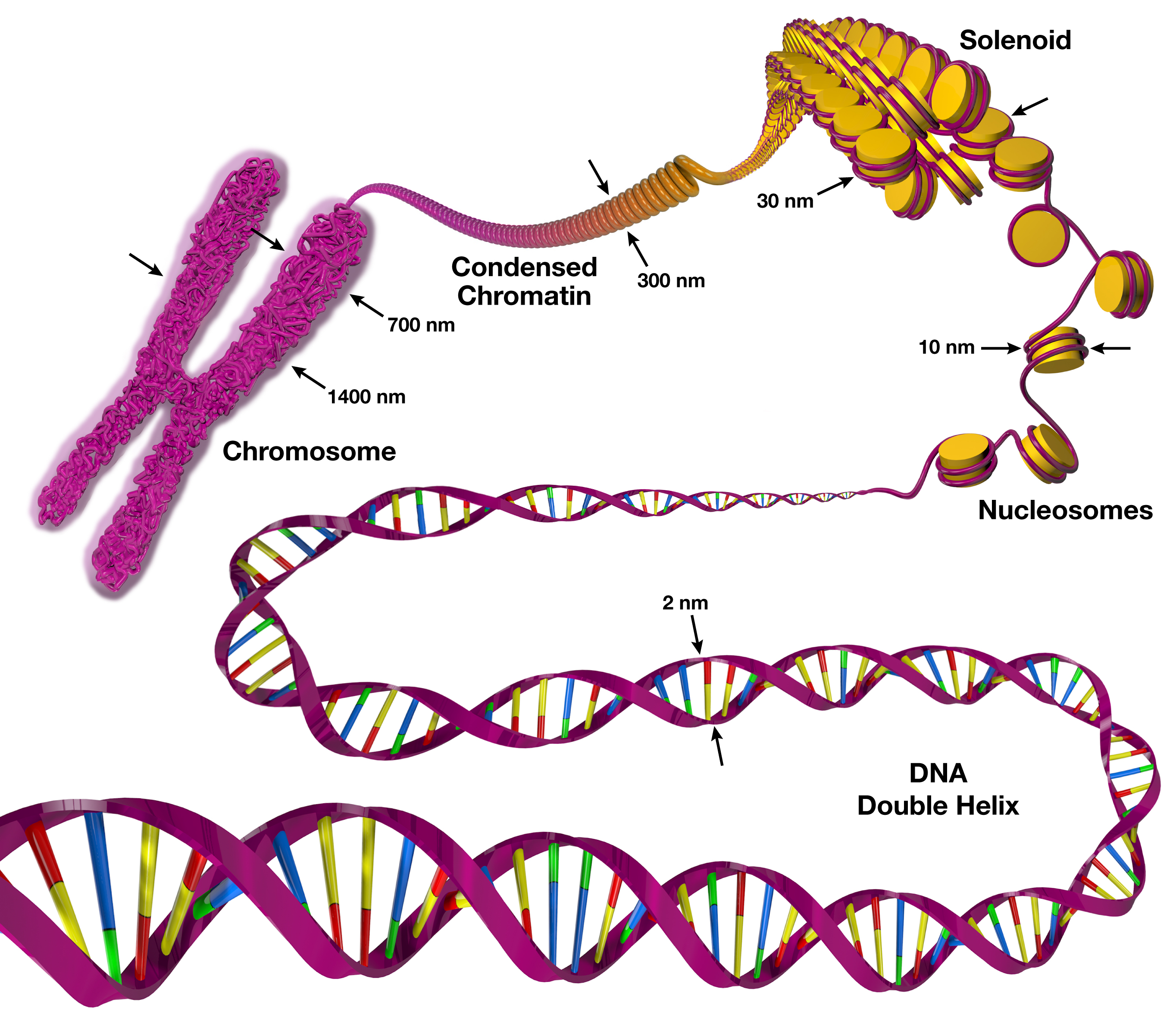Genes are shorter strands of dna not all dna is genes in fact your genes are only 1 3 of your dna scientists now know that the other 97 99 control your genes

Genes and Noncoding DNA: Understanding the Basics

When it comes to genetics, we often hear about genes and DNA interchangeably. While genes are indeed a crucial part of our DNA, it may come as a surprise to know that they make up only a small portion of our genetic material. In fact, genes account for just 1-3% of our overall DNA composition.

Genes: The Building Blocks of Life
Genes are commonly recognized as the fundamental unit of heredity. They contain instructions that determine our physical and functional characteristics, such as eye color, blood type, and susceptibility to certain diseases. Genes are responsible for encoding the proteins that perform specific functions in our bodies.
To better understand genes, we must first grasp the concept of DNA. DNA, or deoxyribonucleic acid, is a complex molecule that carries the genetic instructions used in the growth, development, functioning, and reproduction of all known living organisms. It is composed of long strands made up of chemical building blocks called nucleotides.
Each gene is a unique sequence of nucleotides along the DNA strand. These sequences are transcribed into complementary strands of RNA, and then translated into specific proteins by cellular machinery. This process allows genes to play a critical role in biological processes and traits.
Noncoding DNA: The Silent Majority
Now, you may wonder, what makes up the remaining 97-99% of our DNA if it’s not genes? This vast majority is known as noncoding DNA or noncoding regions. Unlike genes, noncoding DNA does not directly encode proteins. Instead, it plays a crucial and ever-expanding role in regulating gene expression.
Scientists have discovered that noncoding DNA influences gene expression by acting as switches, enhancers, and promoters. These noncoding regions help determine which genes are turned on or off and when, allowing cells to coordinate their functions harmoniously.
Noncoding DNA can also impact the folding and packaging of DNA within the cell nucleus, influencing the accessibility of genes for transcription and interaction with regulatory factors. This three-dimensional organization of the genome is crucial for coordinating gene activity and proper cellular function.
The Expanding Horizons of Noncoding DNA Research
As researchers uncover more about noncoding DNA, the significance of its role in human health and disease becomes increasingly apparent. Mutations in noncoding regions have been linked to a variety of conditions, including cancer, neurological disorders, and developmental abnormalities.
Understanding the intricate interplay between noncoding DNA and genes is paving the way for innovative therapeutic approaches. Researchers are now exploring the possibility of targeting noncoding regions to modulate gene expression and potentially treat genetic diseases.
Delving Deeper into the World of the Genome
To fully comprehend the complexity of human genetics, it is essential to acknowledge that our genes represent only a small fraction of our DNA. The remaining noncoding DNA holds the key to unlocking the intricate regulatory mechanisms that govern our genetic makeup.
Exploring this vast landscape of noncoding DNA opens up new avenues of research and offers insights into the fascinating world of genomics. As scientists continue their exploration, our understanding of genetics will undoubtedly continue to expand and revolutionize our approach to personalized medicine.
Sources:
Share
Related Posts
Quick Links
Legal Stuff

